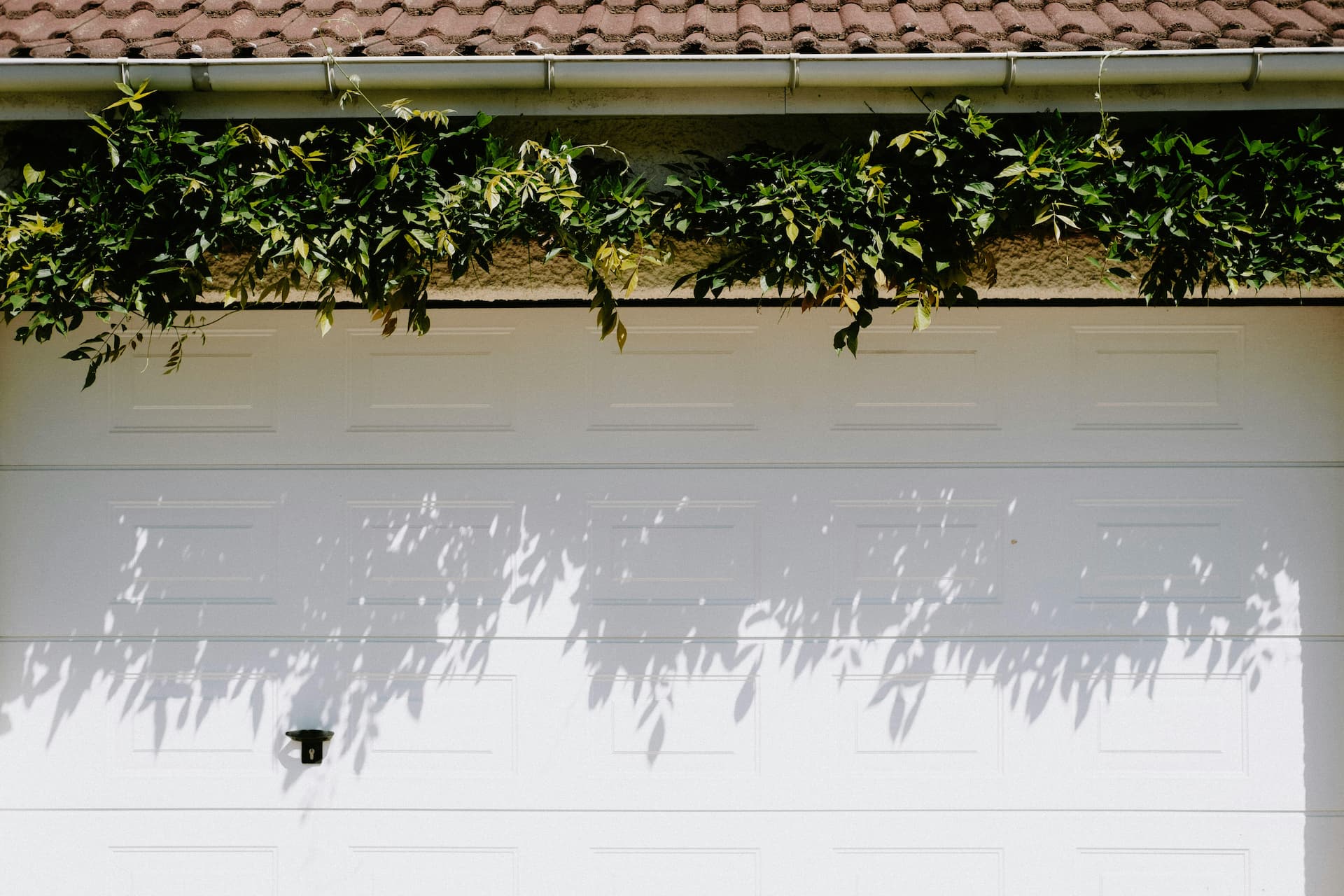How to Know When It’s Time to Get Your Garage Door Fixed
Garage doors are a crucial part of our homes, yet we often overlook their importance until something goes wrong. Picture this: You’re rushing out the door, already running late, and your garage door decides it has other plans. Frustrating, right? Let’s spare you from those last-minute headaches and delve into how you can tell when your garage door needs some professional TLC.
The Squeak Symphony: Noisy Garage Doors
We’ve all heard it—a garage door that sounds like it’s performing in its own horror movie. While a bit of noise is normal, especially with older doors, excessive creaking, grinding, or banging is a red flag. These sounds often signal worn-out parts, loose hardware, or a door that’s out of alignment. Ignoring these auditory cues can lead to bigger problems down the line. So, if your garage door is giving an unsolicited concert, it’s time to look into door repair.
The Slowpoke: Slow Response Time
Is your garage door taking its sweet time to open or close? This sluggish behavior can be more than just an annoyance. It often points to issues with the door’s motor, a lack of proper lubrication, or problems with the door’s balance. A delay in response time is a clear sign that your door needs some attention. Don’t wait for it to completely stall before taking action.
The Mysterious Droop: Sagging Sections
A garage door should open and close smoothly, maintaining its alignment. If you notice any sagging sections, it’s a sign that the door is not balanced correctly. This can happen due to worn-out springs or issues with the door’s tracks. A sagging garage door is not just an eyesore; it can also pose a safety risk. Addressing this issue promptly will ensure your door operates safely and efficiently.
The Mood Swing: Inconsistent Movement
Does your garage door sometimes close properly, other times leave a gap, or decide halfway is far enough? Inconsistent movement is a surefire sign that something’s amiss. This erratic behavior could stem from sensor issues, problems with the door’s motor, or obstructions in the tracks. Not only is this frustrating, but it can also compromise the security of your home. Consistency is key—get it checked out!
The Magic Act: Remote Control Issues
A functioning remote control is essential for modern garage door convenience. If your remote control has started behaving like a magician’s trick, working sometimes and refusing to cooperate at others, it’s time to investigate. Start by replacing the batteries. If that doesn’t solve the problem, there might be an issue with the remote’s signal or the door’s receiver. Consistent remote control issues warrant professional inspection to keep your daily routine running smoothly.
The Safety Sentinel: Faulty Safety Features
Modern garage doors come equipped with safety features like auto-reverse mechanisms and photo-eye sensors to prevent accidents. If these features start malfunctioning, it’s a serious concern. The auto-reverse mechanism should reverse the door’s direction if it encounters an obstruction. The photo-eye sensors, located at the base of the door, should stop the door from closing if something crosses their path. Regularly test these features to ensure they’re working correctly. If they fail, don’t delay in getting them repaired—safety first!
The Fashion Faux Pas: Visible Damage
Dents, cracks, and rust not only ruin the aesthetic appeal of your garage door but can also affect its functionality. Damage like this can interfere with the door’s ability to open and close properly and can lead to further wear and tear. Addressing visible damage promptly helps maintain the door’s integrity and prolongs its lifespan.
Quick Checklist for Regular Maintenance
- Listen for unusual noises: Grinding, creaking, and banging should not be ignored.
- Observe the door’s speed: Slow response times indicate potential problems.
- Check for sagging sections: Ensure the door remains balanced and aligned.
- Monitor movement: Consistent opening and closing are crucial.
- Test remote control: Ensure reliable operation.
- Verify safety features: Regularly test auto-reverse and sensors.
- Inspect for visible damage: Address dents, cracks, and rust immediately.
DIY Tips Before Calling the Pros
Before you call in the experts, here are a few things you can check and possibly fix yourself:
Lubricate Moving Parts
One of the simplest yet most effective maintenance tasks is lubricating the moving parts of your garage door. Use a high-quality garage door lubricant on the door’s rollers, hinges, and tracks. This can help reduce noise and ensure smoother operation.
Tighten Loose Hardware
Garage doors go through many movements, causing screws, nuts, and bolts to loosen over time. Periodically check and tighten any loose hardware to prevent parts from falling out of alignment or causing further damage.
Clean the Tracks
Debris in the tracks can cause the door to operate unevenly or get stuck. Use a damp cloth to wipe down the tracks and remove any dirt or debris. Avoid using harsh chemicals that could damage the tracks.
Test the Balance
Disconnect the garage door opener and manually lift the door halfway. If it stays in place, it’s properly balanced. If it falls or rises, the springs need adjustment. While adjusting the springs is a job for professionals, knowing there’s an issue can help you explain the problem when you call for service.
When to Call the Experts
While DIY maintenance can address minor issues, some problems require professional expertise. Call in the experts if:
- Your door is making loud, unusual noises despite lubrication.
- The door is visibly sagging or out of alignment.
- The remote control issues persist after changing the batteries.
- Safety features like the auto-reverse mechanism or sensors are malfunctioning.
- You notice any significant damage or wear and tear.
Professional garage door technicians have the tools and knowledge to diagnose and fix complex issues, ensuring your door operates safely and efficiently.
Final Thoughts
Your garage door is more than just an entryway—it’s a crucial part of your home’s security and functionality. Paying attention to the signs of wear and tear and performing regular maintenance can save you from unexpected breakdowns and costly repairs.



